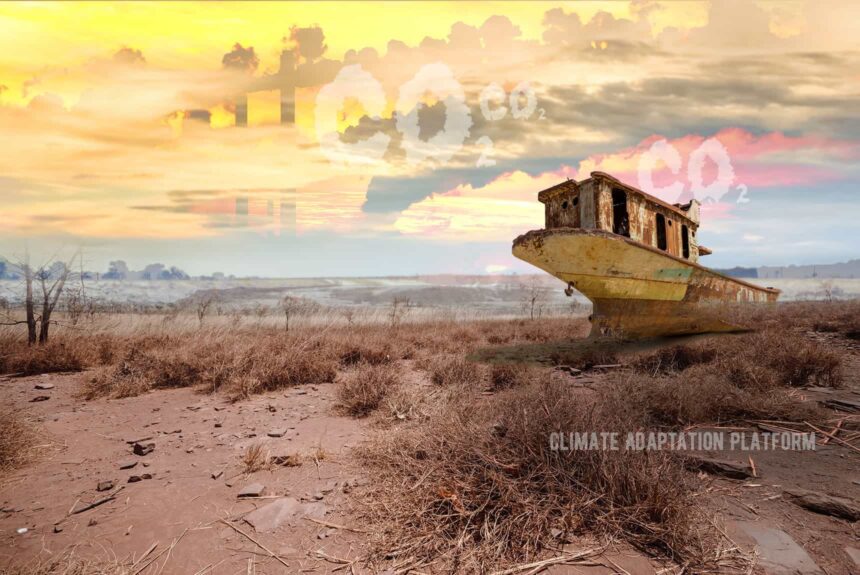The National Drought Mitigation Center defines drought as a deficiency of precipitation over an extended period (usually a season or more), resulting in a water shortage.
A gauge of drought includes the amounts of rainfall, temperatures, streamflow, ground and reservoir water levels, soil moisture and snowpack.
Climate change also worsens droughts in many parts of the world, especially when it gets more frequent, longer lasting, and more intense.
Drought threatens water supplies, agriculture produce, transportation and commerce (when water won’t allow ships or barges carrying goods to operate on lowered river levels.
Extreme heat can also buckle roadways and warp public transit cables), energy (reduced water supply decreases energy production), and public health (reduced river flows can concentrate pollutants, putting a risk on water quality used for drinking and recreation).
A global study finds that the extreme droughts in Europe and many parts of the world are disastrous for climate change efforts. The study’s findings, which appear in Science, show that the result of simulated droughts in grasslands and shrublands across the world is astonishing.
Grasslands and shrublands cover more than 40% of the Earth’s dryland, removing vast amounts of CO2 from the atmosphere.
Researchers simulated drought conditions by deliberately withholding rain from 100 square patches of grasslands and shrublands across the globe, with each plot at 1-meter square.
The result of the artificial drought applied to these research sites is varied. In some grasslands, just a year of drought could reduce vegetation growth by more than 80%, with an overall growth reduction rate of 35%.
But even in areas with the highest growth reduction, researchers found that vegetation continues to survive despite the lack of moisture, suggesting some resilience in the system. The question is, however, for how much and how long it will last.
Researchers simulated the drought conditions – the worst conditions documented over the last century in their regions. They do this by mounting plastic roofing slats over the ground, adjusted carefully to determine the moisture the soil should receive.
The initial result in one of the research sites in the Colorado prairie the experiment shows “catastrophic loss” where plant activity declined by 88%. In contrast, the simulated drought in Germany’s temperate grassland “did not have any significant effect”.
“Overall, plants in wetter environments withstood this short-term drought better than those in drier climes, and shrub-dominated plots fared better than those dominated by grasses”, Kate Wilkins, a grassland ecologist now at the Denver Zoo Wilkins and one of the researchers, noted.
The researchers plan to collect more data in the next four years to see the impacts of prolonged droughts.
Data could help climate modellers “sharpen” their estimates regarding the CO2 absorption of grasslands in a drought and how it can have a ripple effect on the broader ecosystem and plant production.
Read the full article here:



Leave a Reply